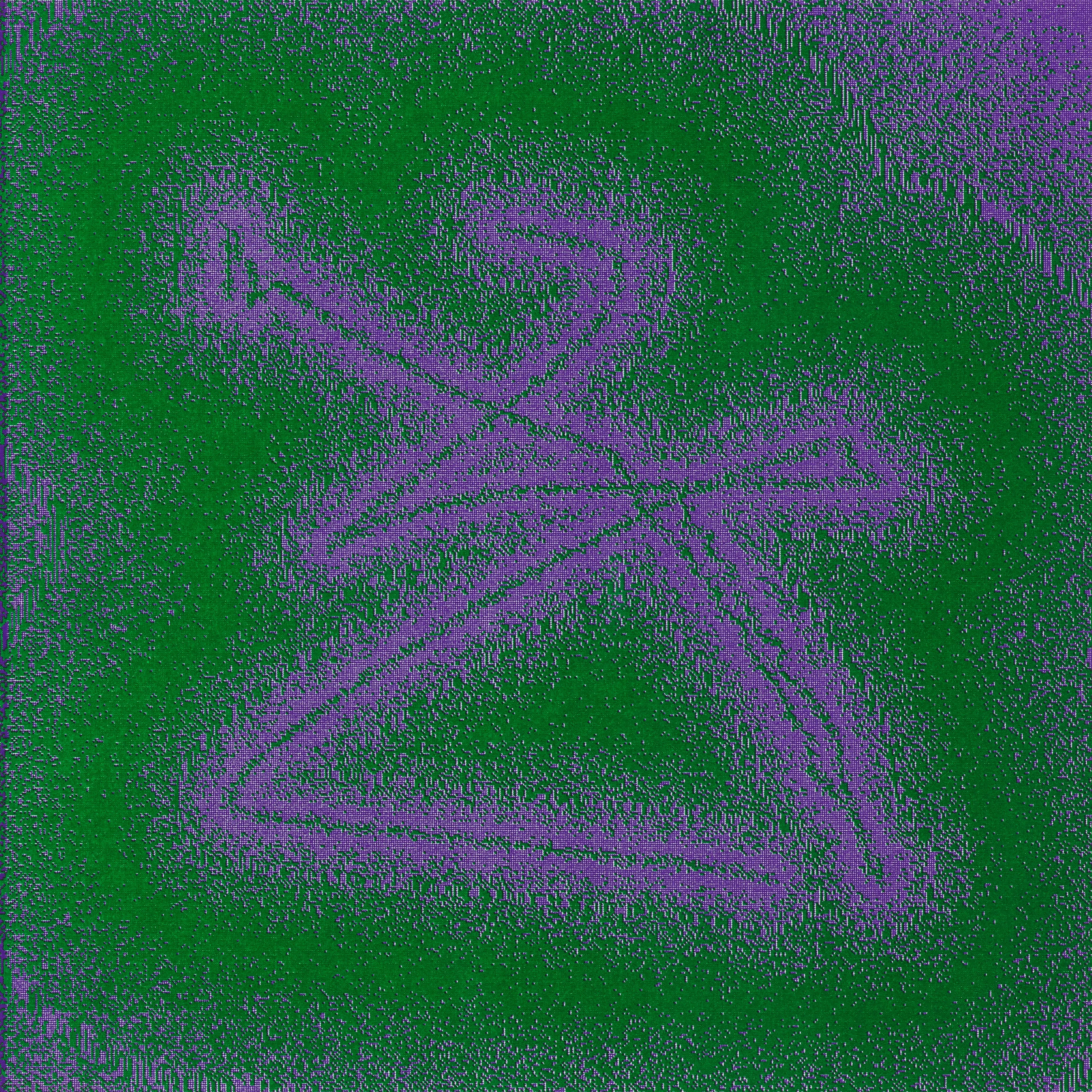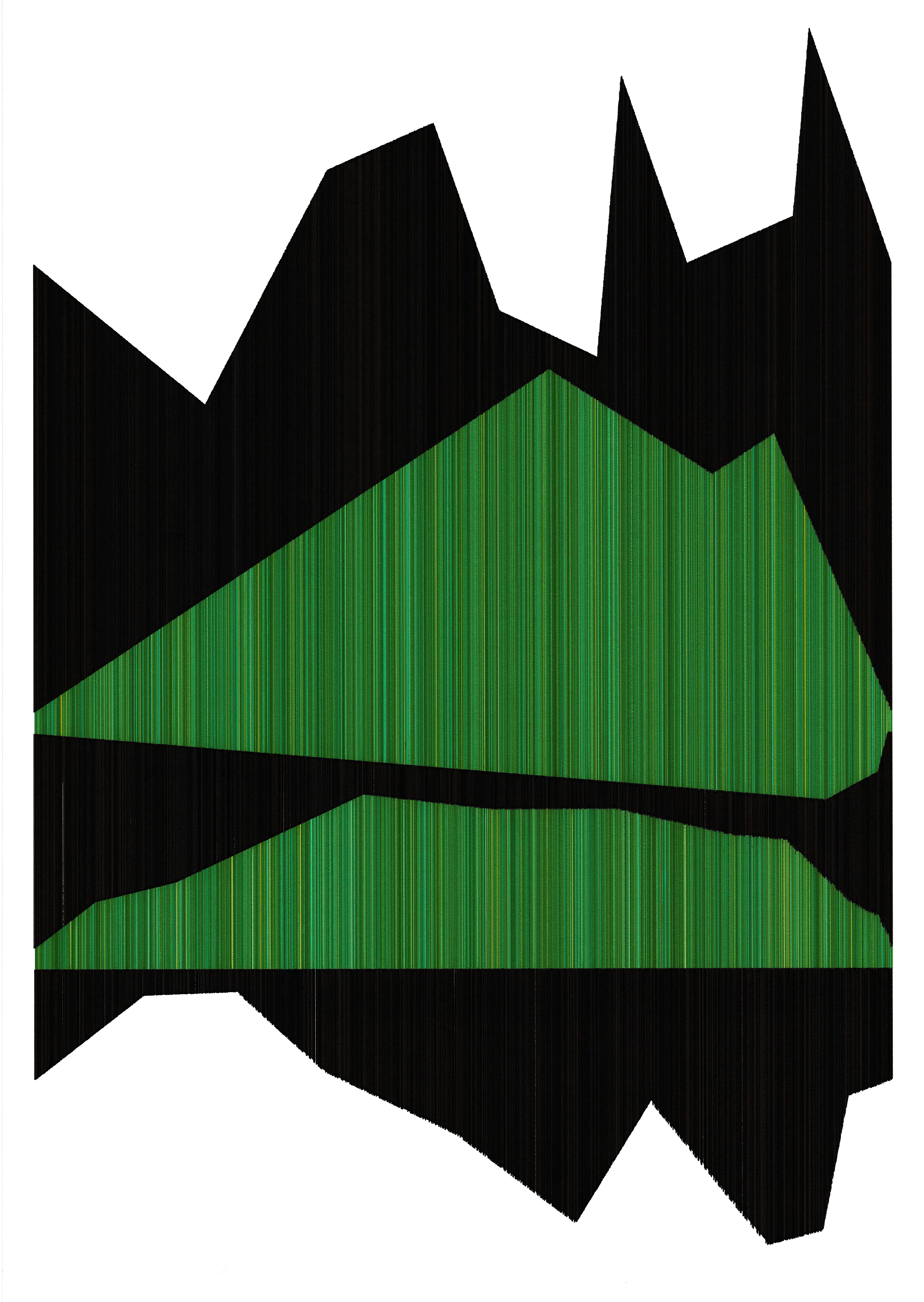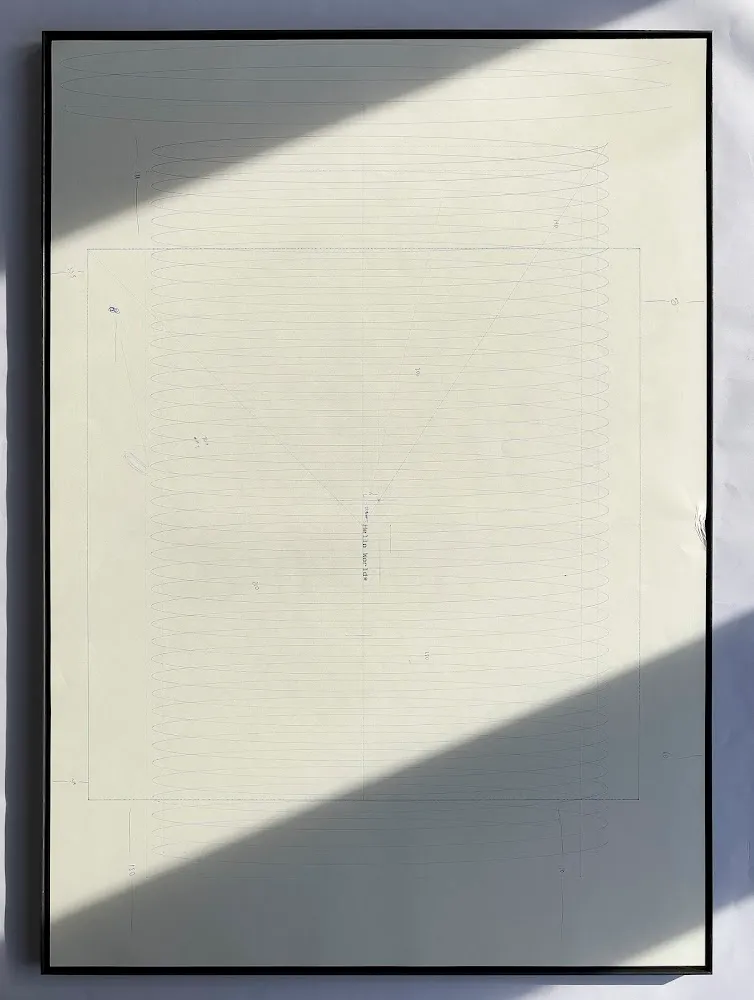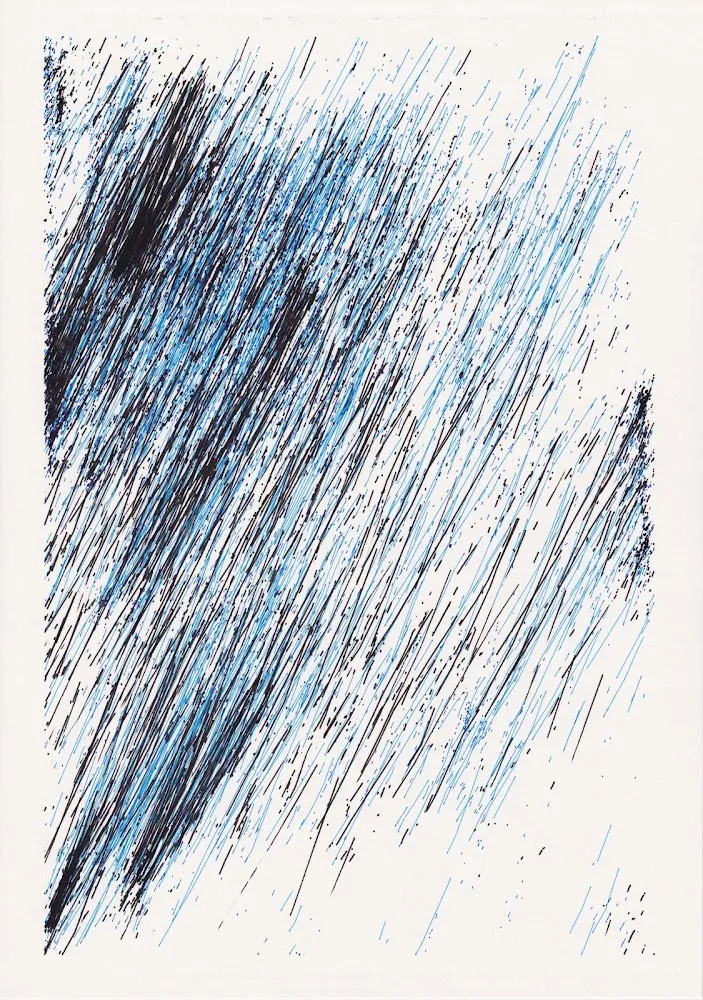Subscribe to get the latest on artists, exhibitions and more.
9 Pixels per Second. Interview with Marcel Schwittlick.

Marcel Schwittlick in conversation with Mimi Nguyen on his new series Composition #83.
Marcel Schwittlick is a multidisciplinary artist who is known for his unique approach to generative art. In this interview, he shared his creative philosophy and approach to art-making, including his preference for the physicality of paper and his use of plotters in his practice. Marcel believes in having control over the creative process while also embracing the element of chance that comes with using plotters. For him, a piece is only considered finished when it is printed on paper.
His next series Composition #83 is a departure from the artist's previous works with plotters. Plotters, which are vector output devices, offer more powerful capabilities than printers, which use pixel data with raster. This project feels almost like printing, as the artist has created images by plotting 512 by 512 dots, 262,144 pen plotter hits, giving the images texture and an unpredictable effect from the plotter's subtle irregularities. The unpredictability of the plotting process adds a unique aspect to the works, even when the artist strives for accuracy.







